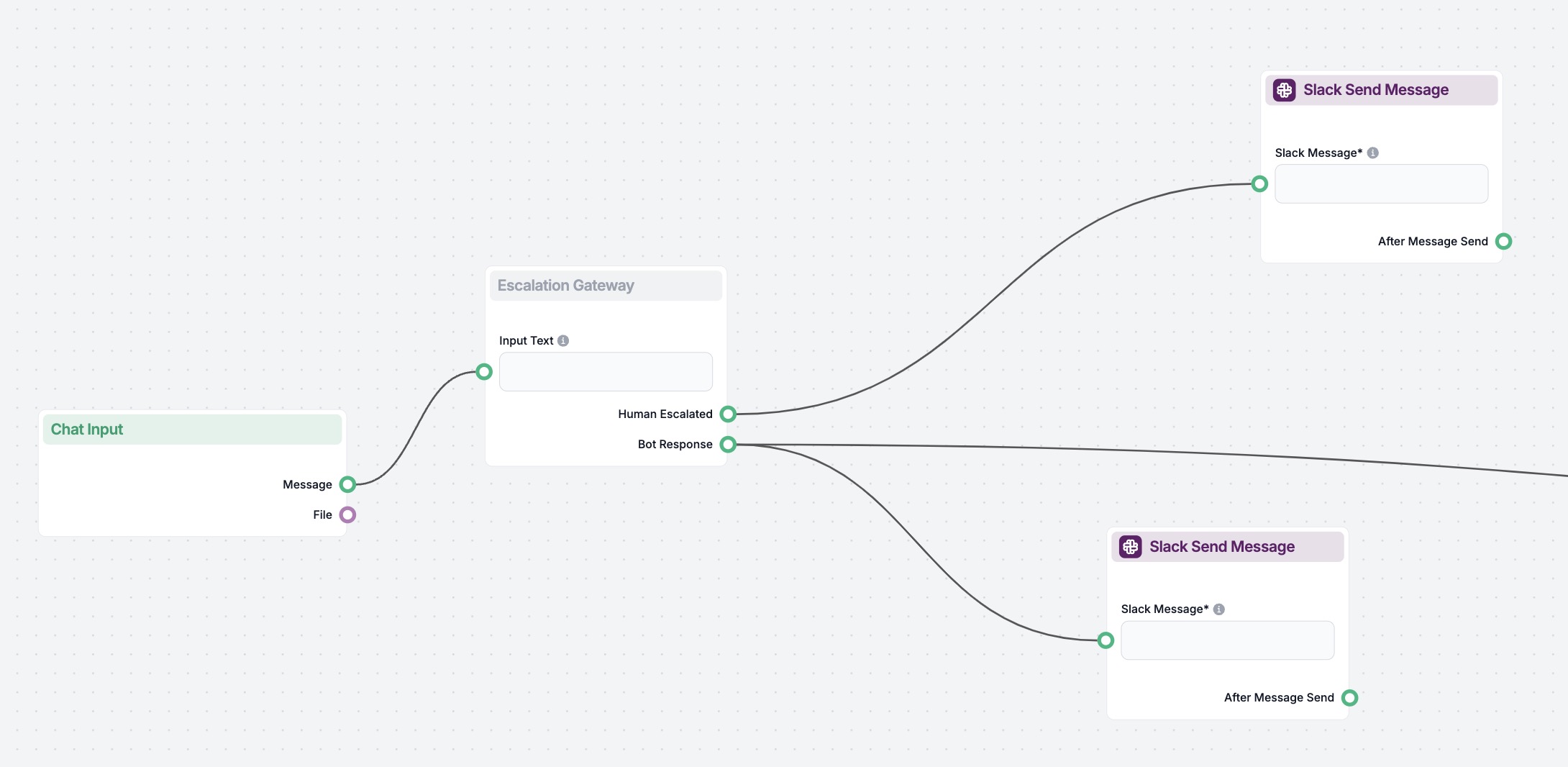
AI Adoption Rate
AI adoption rates indicate the percentage of organizations that have incorporated artificial intelligence into their operations. These rates vary across industr...
AI adoption rates indicate the percentage of organizations that have incorporated artificial intelligence into their operations. These rates vary across industr...
Explore the latest AI funding trends in 2024, including rising investments, dominance of tech giants, growth in generative AI, and the impact of startups. Learn...
AI technology trends encompass current and emerging advancements in artificial intelligence, including machine learning, large language models, multimodal capab...
DALL-E is a series of text-to-image models developed by OpenAI, using deep learning to generate digital images from textual descriptions. Learn about its histor...
DataRobot is a comprehensive AI platform that simplifies the creation, deployment, and management of machine learning models, making predictive and generative A...
The Flux AI Model by Black Forest Labs is an advanced text-to-image generation system that converts natural language prompts into highly detailed, photorealisti...
A Generative Adversarial Network (GAN) is a machine learning framework with two neural networks—a generator and a discriminator—that compete to generate data in...
Generative AI refers to a category of artificial intelligence algorithms that can generate new content, such as text, images, music, code, and videos. Unlike tr...
Discover how Generative AI workshops provide hands-on learning, close critical skill gaps, and prepare professionals and organizations for the future of work in...
Generative Engine Optimization (GEO) is the strategy of optimizing content for AI platforms like ChatGPT and Bard, ensuring visibility and accurate representati...
Discover the surprising ways people are using AI in 2025: from therapy and life organization to finding purpose, AI is shifting from a productivity tool to a pe...
Information Retrieval leverages AI, NLP, and machine learning to efficiently and accurately retrieve data that meets user requirements. Foundational for web sea...
LangChain is an open-source framework for developing applications powered by Large Language Models (LLMs), streamlining the integration of powerful LLMs like Op...
Master prompting in Stable Diffusion Models to create high-quality AI-generated images. Learn to craft effective prompts with key elements like subject, style, ...
Model collapse is a phenomenon in artificial intelligence where a trained model degrades over time, especially when relying on synthetic or AI-generated data. T...
A negative prompt in AI is a directive that instructs models on what not to include in their generated output. Unlike traditional prompts that guide content cre...
Explore OpenAI's leap into AI hardware through its $6.5B acquisition of Jony Ive's io, setting the stage for innovative, screen-free generative AI devices that ...
Prompt engineering is the practice of designing and refining inputs for generative AI models to produce optimal outputs. This involves crafting precise and effe...
Reinforcement Learning from Human Feedback (RLHF) is a machine learning technique that integrates human input to guide the training process of reinforcement lea...
Discover the key differences between Retrieval-Augmented Generation (RAG) and Cache-Augmented Generation (CAG) in AI. Learn how RAG dynamically retrieves real-t...
Stable Diffusion is an advanced text-to-image generation model that uses deep learning to produce high-quality, photorealistic images from textual descriptions....
Explore the EU's AI Act, the world's first comprehensive AI regulation. Learn how it classifies AI systems by risk, establishes governance, and sets global stan...
Discover the importance and applications of Human in the Loop (HITL) in AI chatbots, where human expertise enhances AI systems for improved accuracy, ethical st...
Discover Wan 2.1, the open-source AI video generation model by Alibaba. Learn how it works, explore its powerful features, and follow our step-by-step guide to ...
Learn the basic information about Writesonic. A quick overview of the key features, pros and cons, and alternatives.









